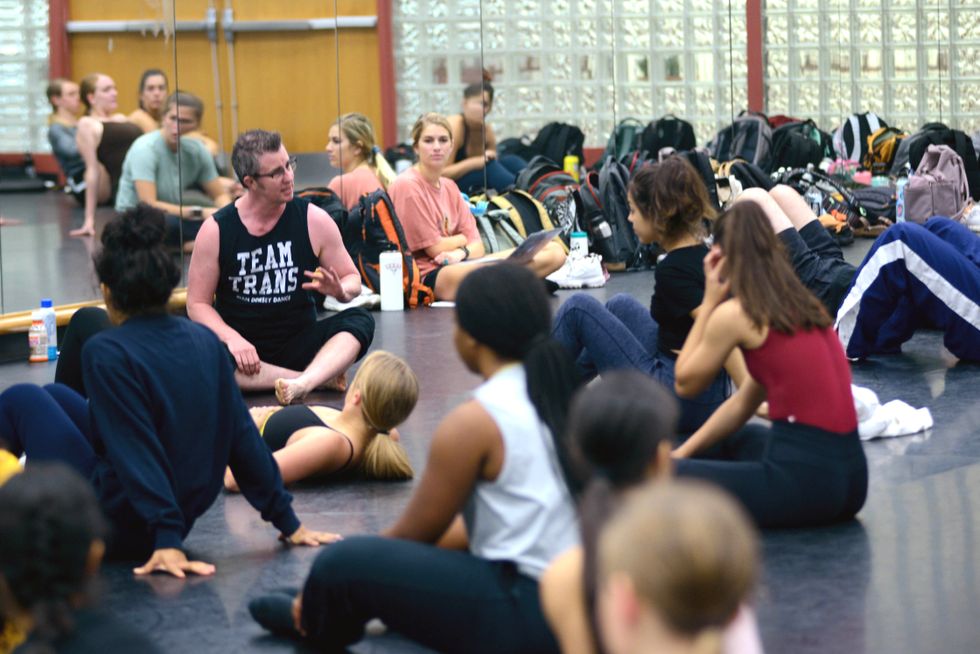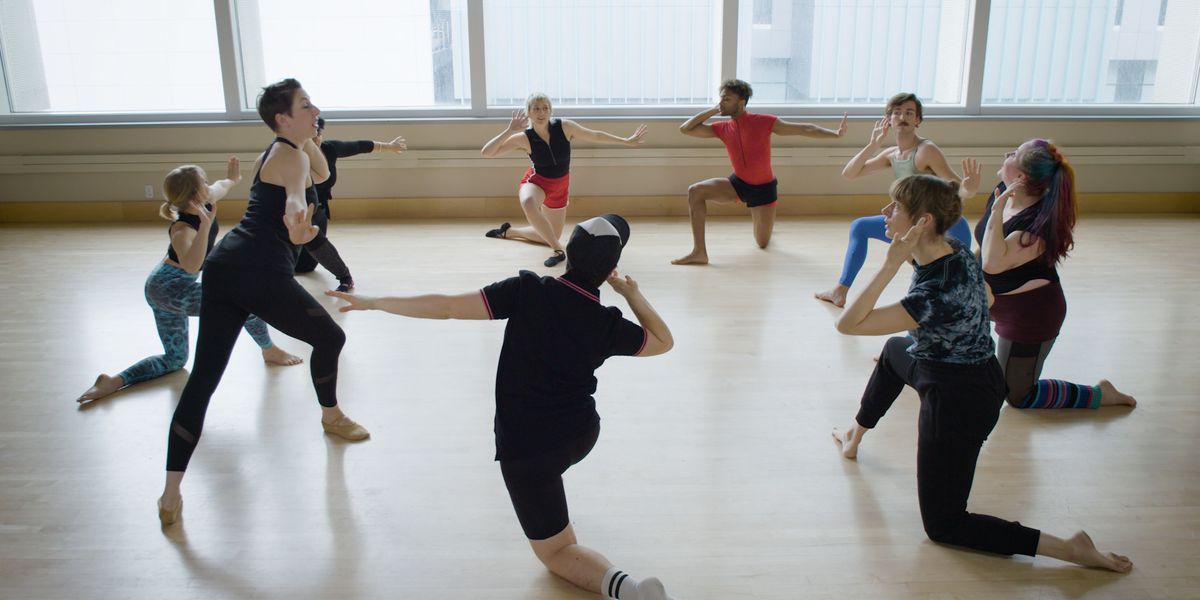Many Dance Studios Still Aren't Gender-Inclusive. Here's How to Change That
Many techniques, especially older ones like ballet and bharatanatyam, segregate movement into gender-based categories. It’s of little surprise, then, how many schools struggle to welcome dancers who are nonbinary, transgender, gender-fluid, gender-nonconforming or still discovering their gender identities. It gets even more complicated when you factor in how early many start training.
While creative people are often at the forefront of advancing diversity, equity and inclusion, dance’s gendered history has kept training institutions from leading the way. Contemporary techniques like Gaga and contact improvisation come more gender-inclusive “off the shelf,” but even classical traditions can be respectfully revamped.
Less Isn’t More
“My position is ‘gender-expansive,’ versus ‘gender-neutral,’ ” says Katy Pyle, artistic director of Brooklyn-based Ballez. “I’m not interested in ‘degendering’ anything. I’m interested in expanding ideas about who can do what.”
Pyle even repurposes assumptions about gender roles to help students recognize and break habits. “I ask dancers to imagine themselves as cavaliers doing the petit allégro, then to do the same material again while imagining themselves as delicate sylphs, then to notice how their technique changed,” says Pyle.
This focus on fluidity supports gender-nonconforming students, too. “Some folks feel comfortable in the gender binary,” explains choreographer Sean Dorsey. “They may transition from, for example, female to male, enter a relatively traditional program and think, This is great! I get to take men’s class! I get to work on lifts! That solves that person’s equity question, but there are many people who don’t need the gender binary.”
 Sean Dorsey
Sean Dorsey
Brenda Simms, courtesy Dorsey
You Are Not What You Dance
Chicago-based teacher and freelance artist Kait Dessoffy, whose students at German International School Chicago are as young as 3 and 4 years old, keeps the “fact” of a dancer’s identity separate from the “fiction” of their movement material.
“Distinctions could be much clearer between how we address people as human beings, versus as dancers or as characters onstage,” says Dessoffy, who uses they/them pronouns. “I perform a lot of roles originally created for female dancers and I’m comfortable with that.” A student of theirs, assigned male at birth, “likes to wear a tutu and has so much fun with it. Creating an environment where that’s okay is important.”
Donald C. Shorter Jr. uses mixed pronouns in his/her role as an assistant professor of dance at Sam Houston State University in Huntsville, Texas, and mixes up the “usual suspects” to keep his/her curriculum inclusive. “Look, I uphold Marius Petipa. I uphold George Balanchine. I live for a good Serenade. But I make sure we also look at Michael Clark and Karole Armitage, that we talk about Katy Pyle, Sean Dorsey, Miguel Gutierrez, Jack Ferver. If you’re teaching ballet history, Trockadero is just as useful as any other example,” says Shorter.
Instead of saying “women’s variation” and “men’s variation,” Dessoffy suggests just “Variation A” and “Variation B.” “Surely we could all learn both tracks,” they say.

Hannah Larson, courtesy Shorter
Be the Change
Dessoffy addresses their youngest students with gender-nonspecific language, calling them “dancers” instead of “boys and girls”—words that unfortunately are still used with adult students as well. Dessoffy avoids making any assumptions about gender identity and, when groups are required, divides the room randomly. They jump in immediately whenever they see aggressively gendered language being used among students.
Hiring trans teachers and faculty members is a powerful way to model inclusivity, says Dorsey. Shorter has also found that bringing his/her whole self to the classroom helps people feel safe. “I ask what their preferred gender pronouns are to begin with,” Shorter says. “But I also say, ‘If that’s not something you’re comfortable sharing in front of the group, you can speak to me after class, or send me an email.’ I’m not asking them to out themselves, and I’ll say, ‘If at any time your pronouns change, you can tell me.’ ”
“People talk a lot about ‘doing the hard work’ and ‘the heavy lifting’ of justice and equity,” says Dorsey. “For me it brims with love and joy and good humor and all the most beautiful parts of humanity. It doesn’t need to be some dreaded obligation. It’s actually an invitation to connect with a more glorious range of human beings, to see and learn things in new ways.”




